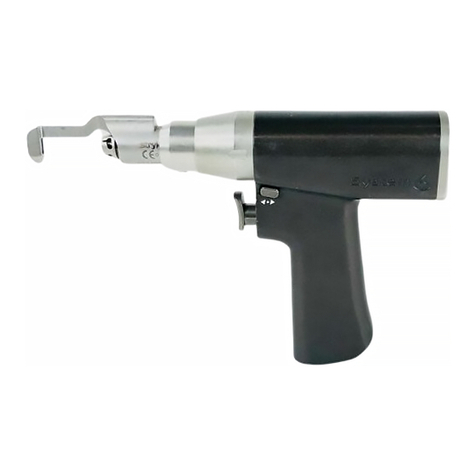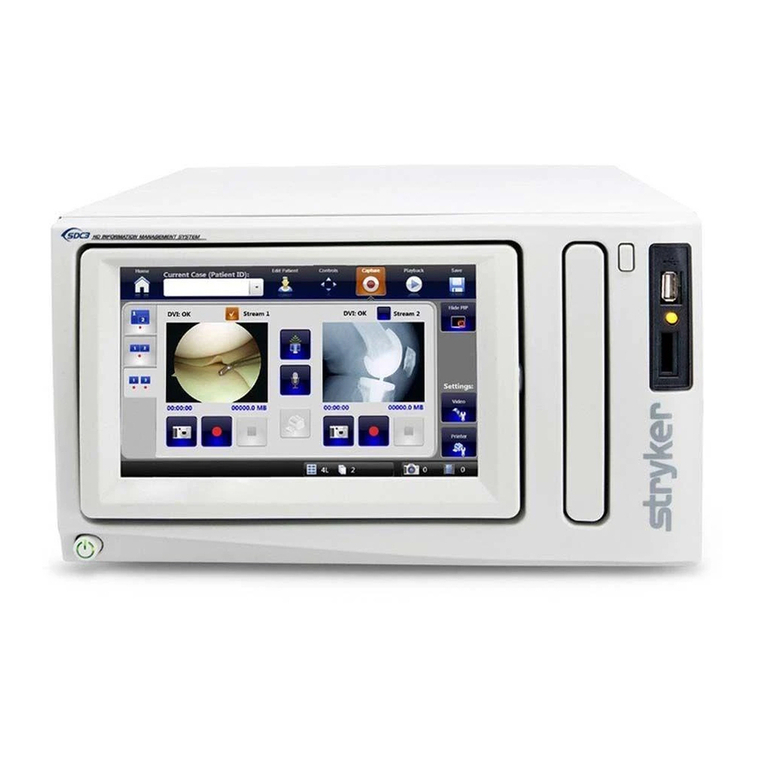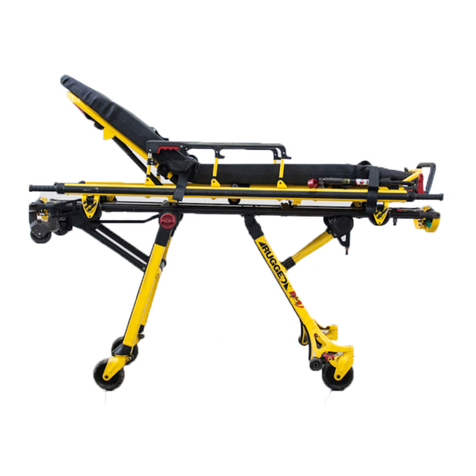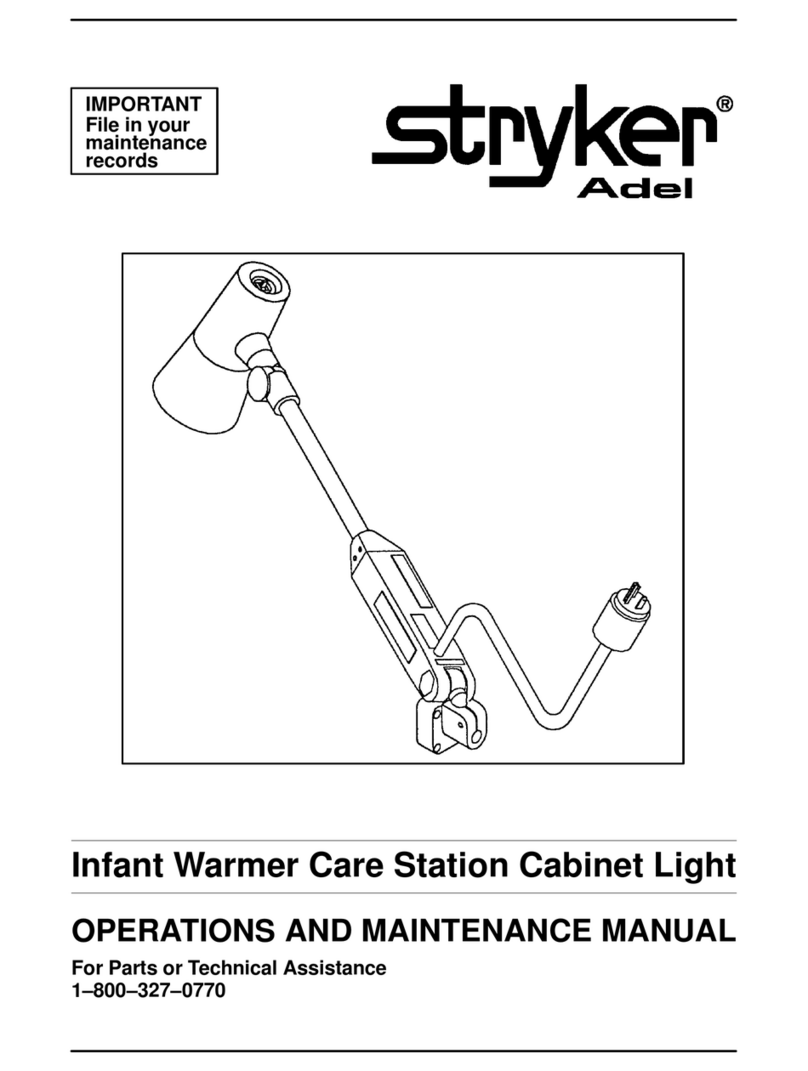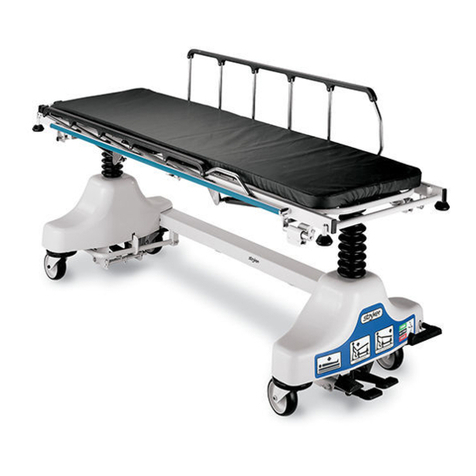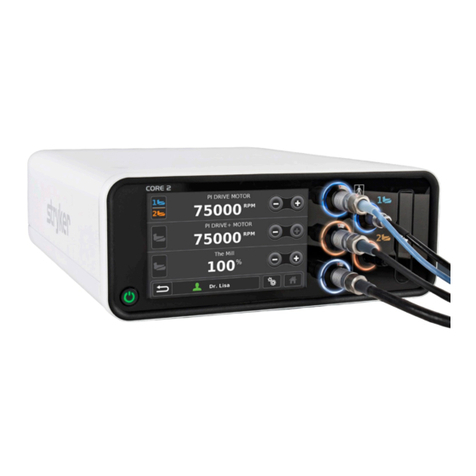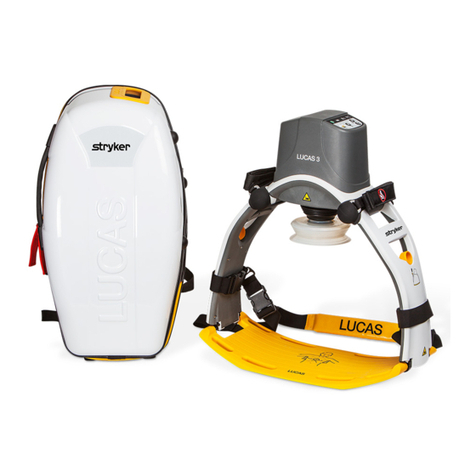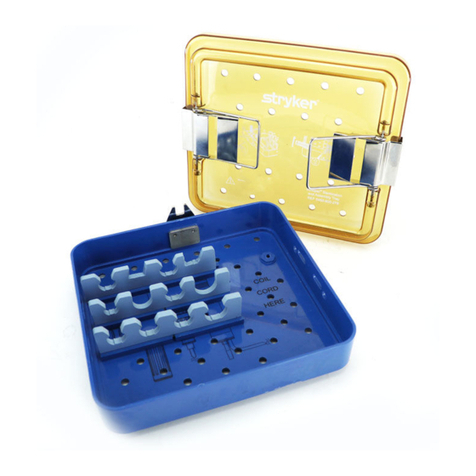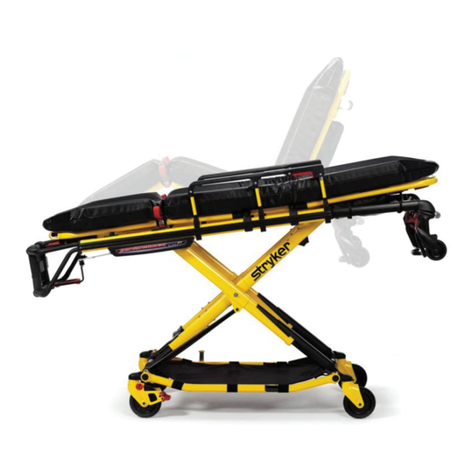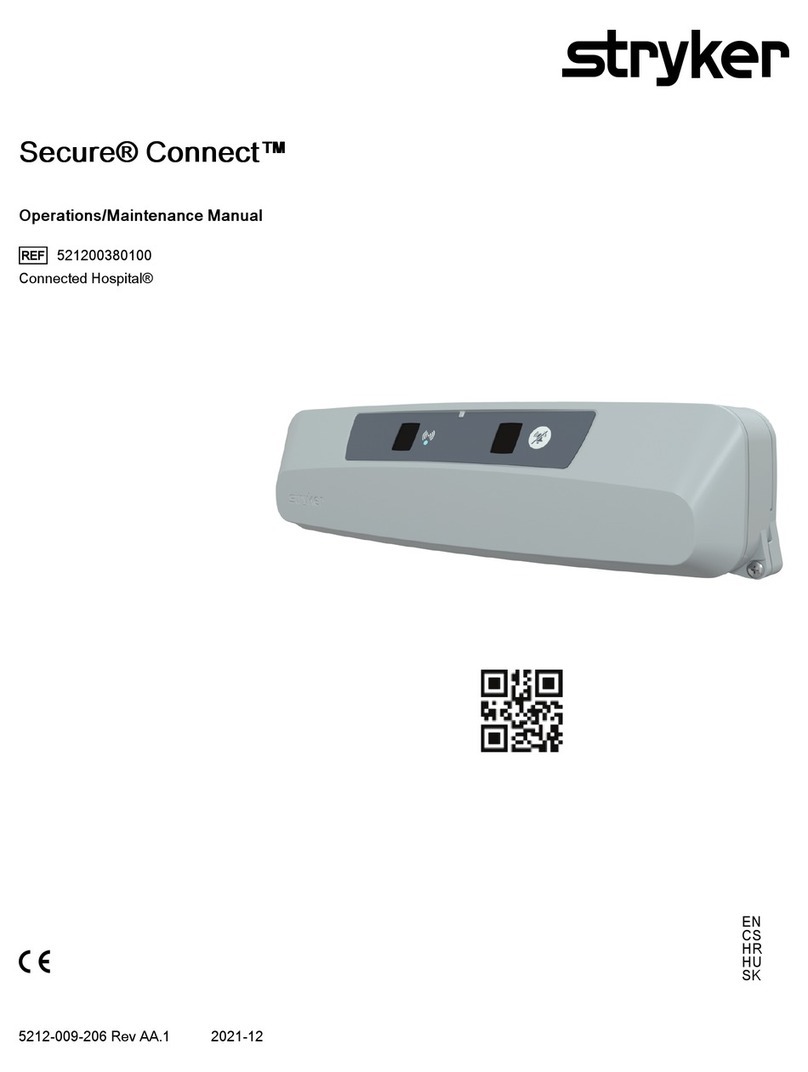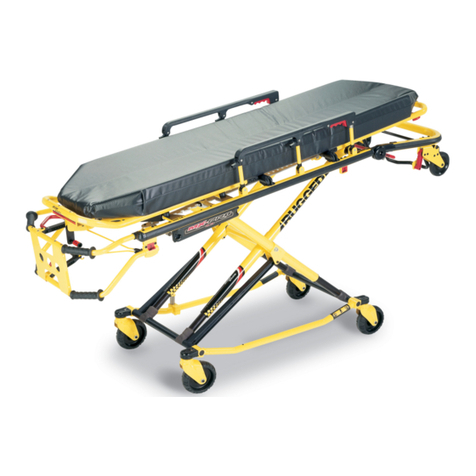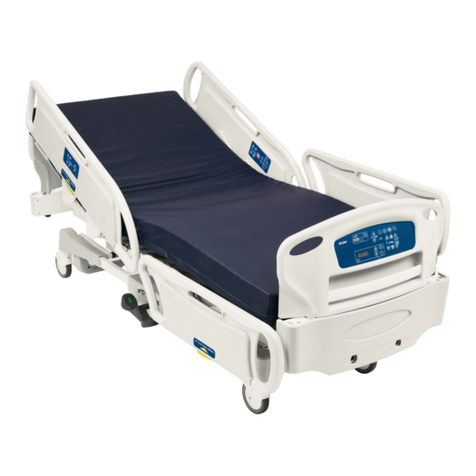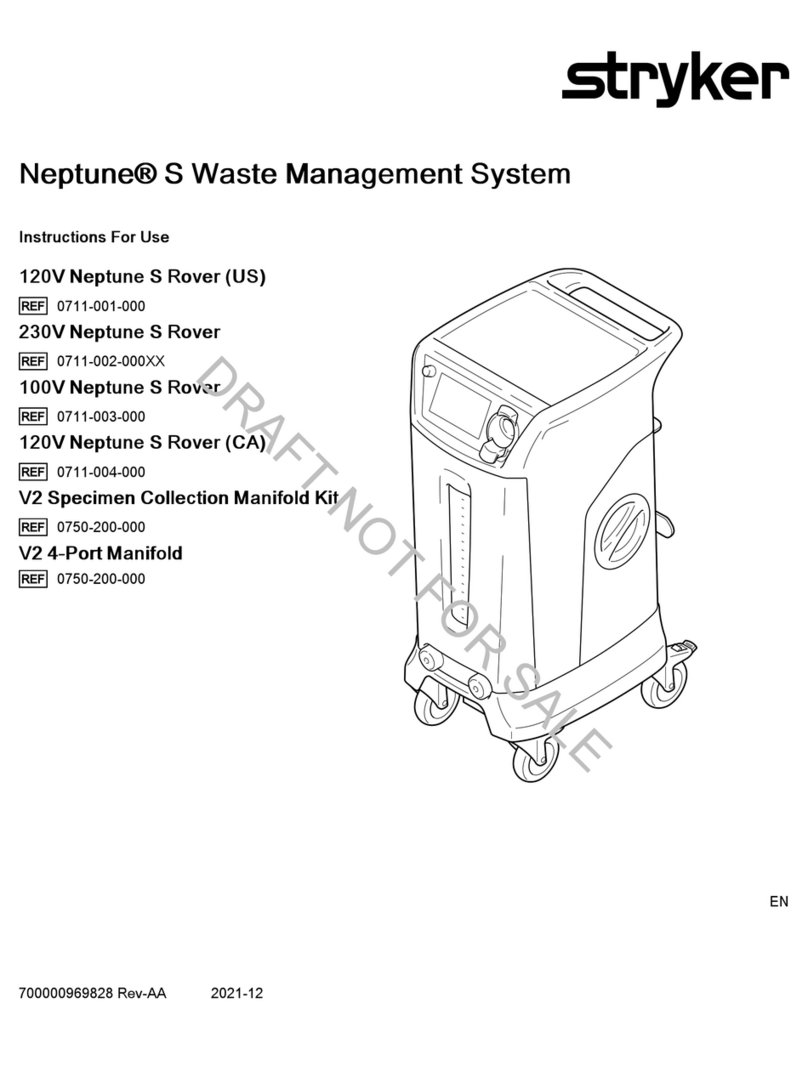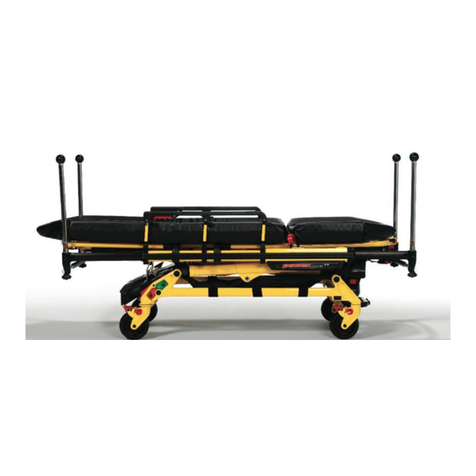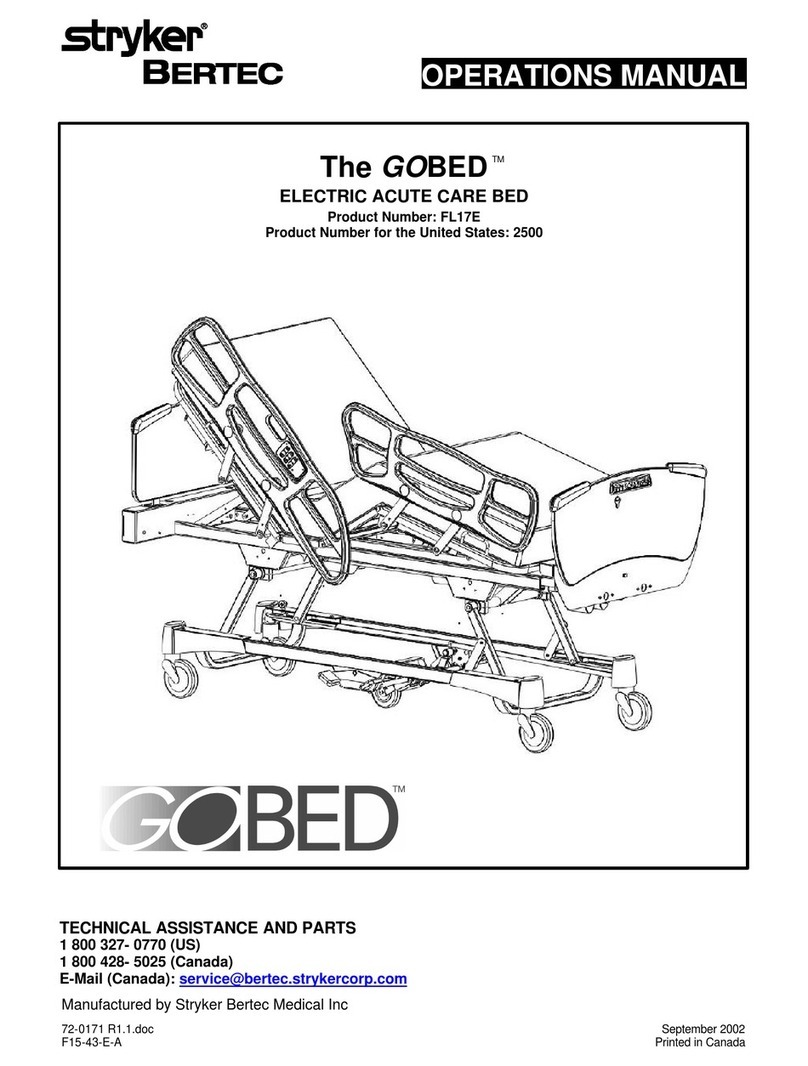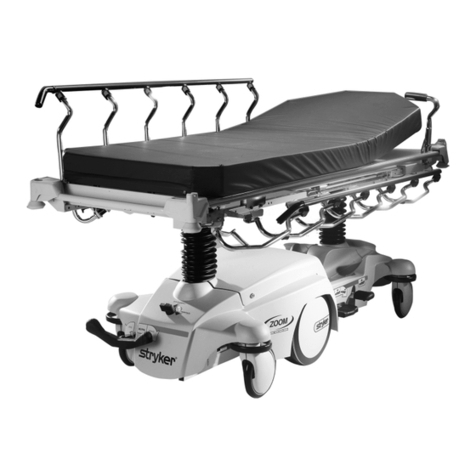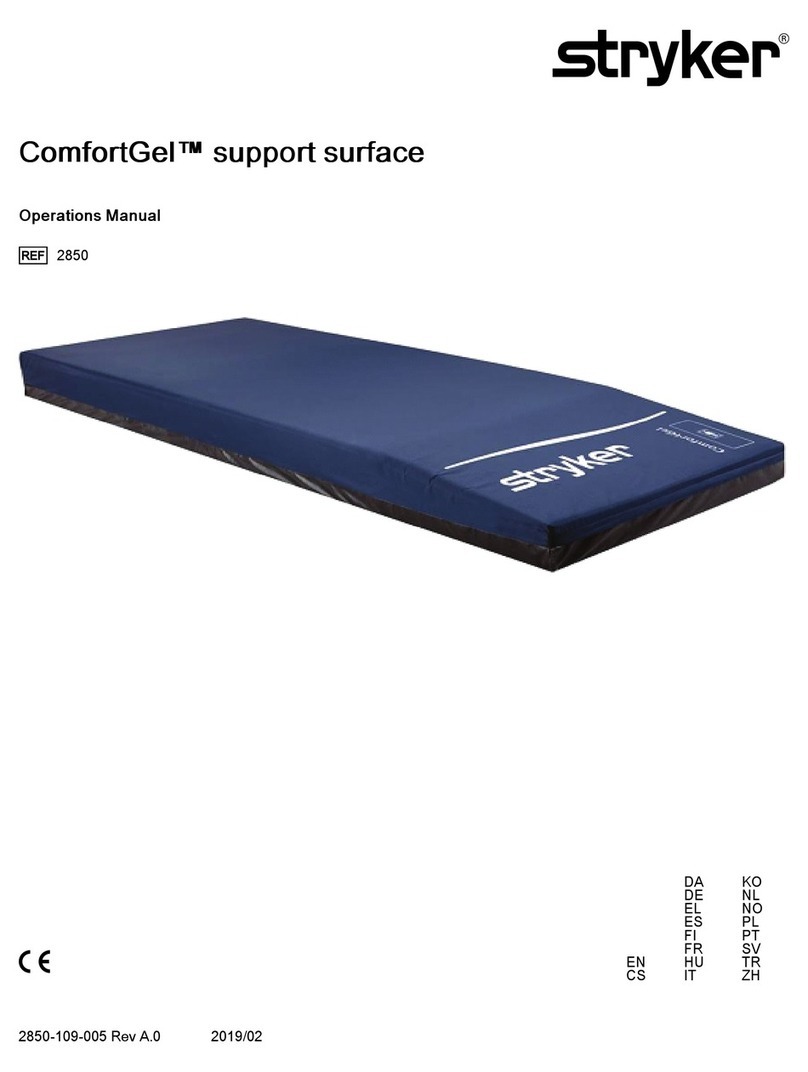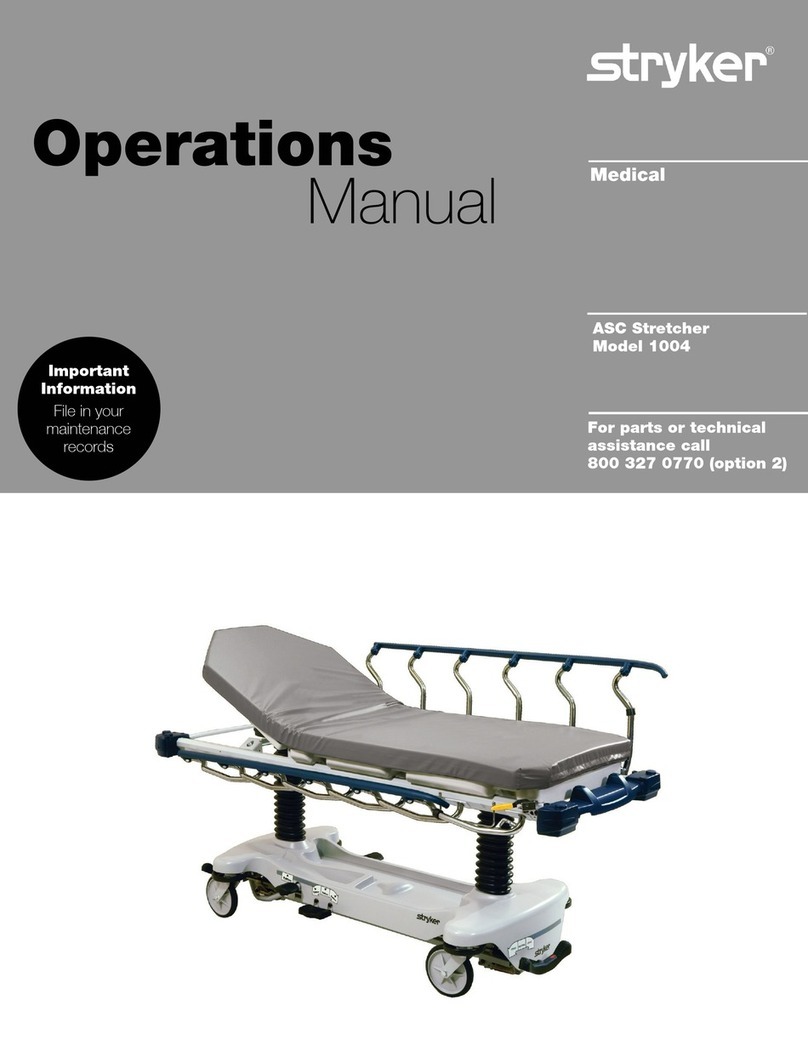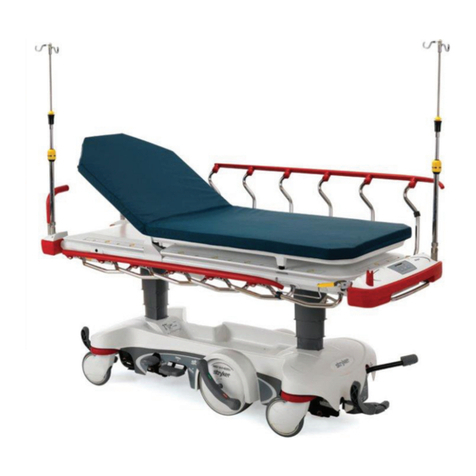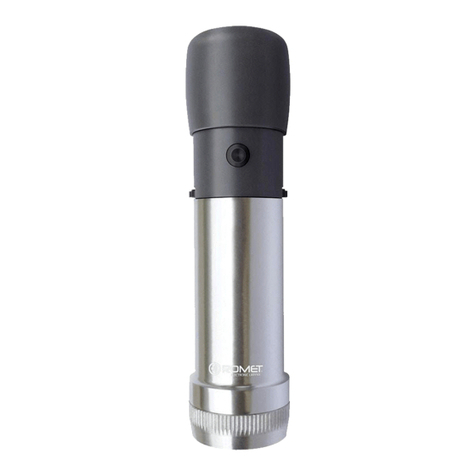
www.stryker.com 72-0908E OM FL28C REV C 7
Return To Table of Contents
Introduction
This manual is designed to assist you with the operation of the GoBed®II MedSurg Bed, Model FL28C. Carefully read
this manual thoroughly before using the equipment or beginning maintenance on it. To ensure safe operation of this
equipment, it is recommended that methods and procedures be established for educating and training staff on the safe
operation of this bed.
PRODUCT DESCRIPTION
The GoBed® II MedSurg Bed, Model FL28C offers a high level of security, intuitive operation and enhanced mobility that
allows you to support varying types of patients populations with ease and efficiency.
• Safe. Full siderail coverage, low bed height and the Chaperone center-of-gravity bed exit system combine to provide
our patients with the highest level of protection.
• Simple. One-hand release siderails, single-button controls and an integrated pump holder are among the many
features designed to help you save time and effort during your daily patient care routine.
• Mobile. Low start-up force, easy-roll casters and fifth-wheel steering reduce physical strain and risk of injury for you,
while helping to ensure safer transport for your patient.
SPECIFICATIONS
Safe Working Load
Note: Safe Working Load indicates the sum of
the patient, mattress, and accessory weight.
500 lb 227 kg
Scale System (Optional)
- Capacity
- Accuracy
- Operating Angular Range
Patients weighing up to 500 lb (227 kg)
± 2% for weight from 100 lb to 500 lb (45,3 to 227 kg)
± 2 lb for weight under 100 lb (45,3 kg)
-12° to +12°
Overall Length/Width
- Siderails Up
- Siderails Down
94 5/8” x 40” (240,34 cm x 101,6 cm)
94 5/8” x 39” (240,34 cm x 99,06 cm)
Weight with Headboard and Footboard 472 lb (214,1 kg)
Patient Sleep Surface 35 x 84” (89 x 213 cm)
Recommended Mattress Size
Mattress Maximum Thickness
35 x 84” (89 x 213 cm)
6” (15,24 cm)
Minimum/Maximum Bed Height 14 1/2” to 29” (36,8 to 73,7 cm)
Fowler Angle 0° to 61°
Gatch Angle
- With Auto Contour (Optional)
- Without Auto Contour
0° to 24°
0° to 32°
Trendelenburg/Reverse Trendelenburg +14° to -14°
Electrical Requirements - all electrical requirements meet
CSA C22.2 No. 601.1, UL 60601-1 and IEC 60601-1, 60601-
2-38 specifications.
100Vac, 50-60Hz, 7.5A - Two 250Vac, 10A Fuses
120Vac, 50-60Hz, 4A (9.8A with 120Vac Optional Auxiliary
Outlet) - Two 250V, 10A Fuses
200Vac, 50-60Hz, 3.2A -Two 250Vac, 6.3A Fuses
220Vac, 50-60Hz, 2.9A -Two 250Vac, 6.3A Fuses
240Vac, 50-60Hz, 2.7A -Two 250Vac, 6.3A Fuses
Duty Cycle 10%
Stryker reserves the right to change specifications without notice.
Specifications listed are approximate and may vary slightly from unit to unit or by power supply fluctuations.
